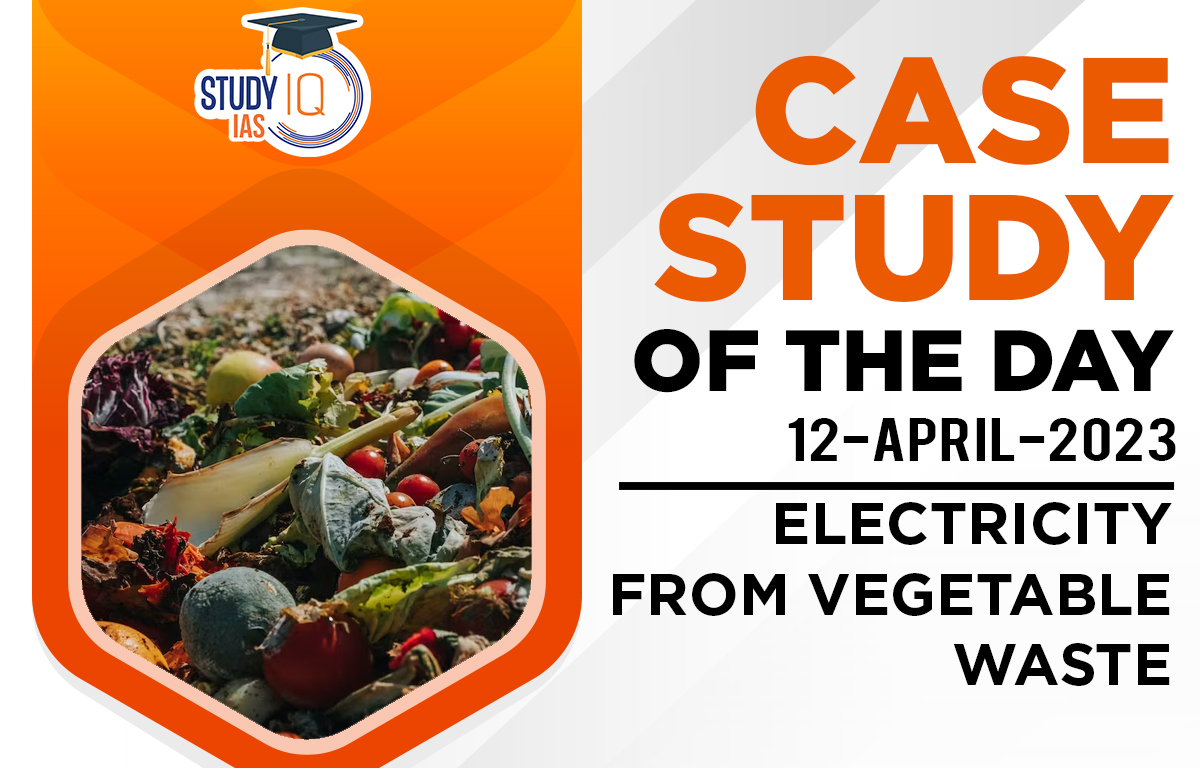Table of Contents
Context: Telangana government has introduced a new way to manage vegetable waste by converting it into electricity.
Telangana Government’s Plan to Convert Vegetable Waste into Electricity
- In 2017, the Telangana government announced a plan to generate electricity from vegetable waste. The project was implemented in collaboration with a private company that specializes in waste management and renewable energy. The project was started with Bowenpally Vegetable Market in Hyderabad.
- The project involved setting up biogas plants across the state, which would convert vegetable waste into biogas.
- The biogas would then be used to generate electricity. The project was designed to be scalable, with the aim of setting up 1,000 biogas plants across the state.
- To implement the project, the Telangana government provided subsidies to farmers to set up small biogas plants in their fields.
- The farmers were encouraged to use the biogas generated from the plants to power their homes and farm equipment. The excess biogas was then collected and transported to larger biogas plants, where it was converted into electricity.

Outcome of the Project
- As of 2021, there are over 500 biogas plants in Telangana, which are generating over 50 MW of electricity.
- The project has not only helped in reducing the amount of waste generated by the state, but it has also created new sources of income for farmers.
- The project has also helped in reducing the state’s dependence on non-renewable sources of energy.
- The vegetable waste-to-energy project has helped in reducing the state’s carbon footprint and has contributed towards India’s goal of increasing the share of renewable energy in its energy mix.


 State of State Finances Report 2025: Key...
State of State Finances Report 2025: Key...
 India AI Governance Guidelines 2025: Ena...
India AI Governance Guidelines 2025: Ena...
 GPS Spoofing: Meaning, Working, Types, I...
GPS Spoofing: Meaning, Working, Types, I...
























